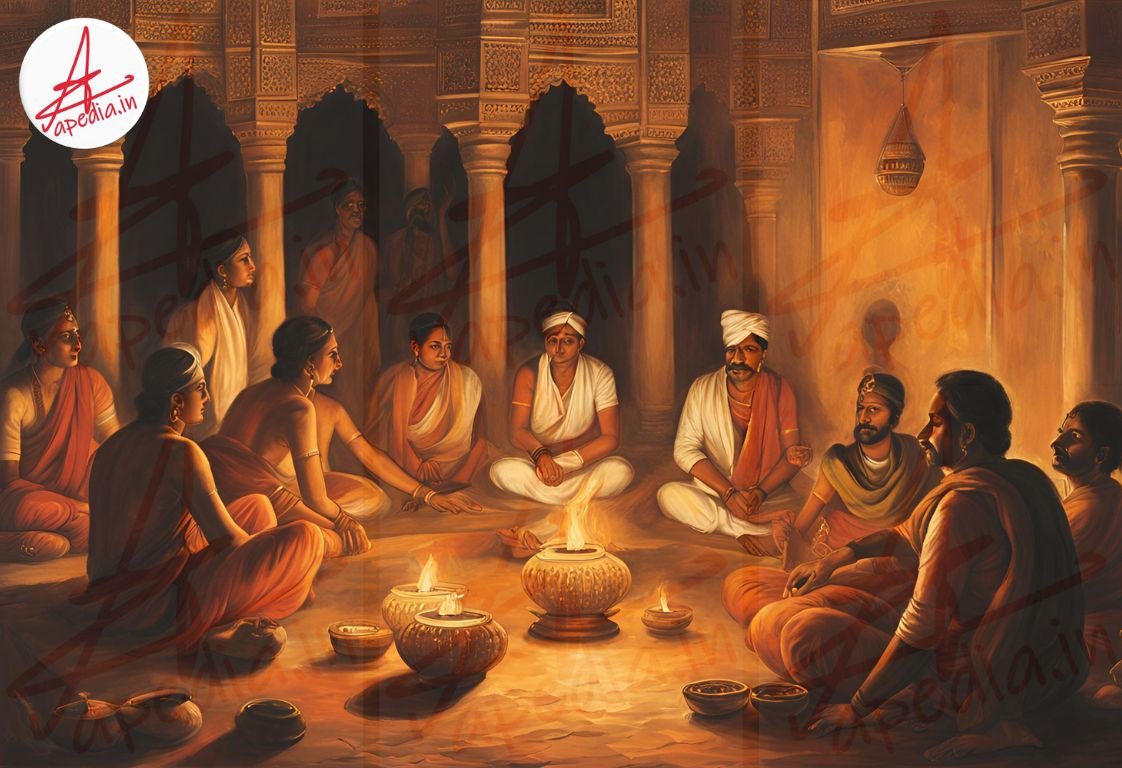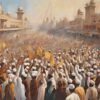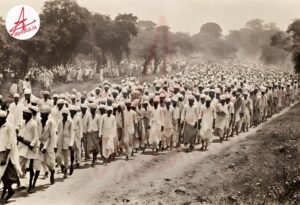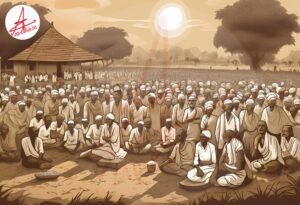The Satara Prati Sarkar, or parallel government, was a significant development during the Indian freedom struggle, particularly during the Quit India Movement of 1942. Established in the Satara district of Maharashtra in 1943, this grassroots initiative aimed to challenge British colonial rule and establish a self-governing system.
The late nineteenth century witnessed the emergence of a non-Brahman movement in Maharashtra, which opposed the entrenched caste system and landlordism. This movement gradually aligned itself with the broader nationalist struggle for independence, leading to a convergence of interests by the 1930s.
Driven by the spirit of the Quit India Movement, a group of younger leaders in Satara decided to establish a parallel government. This initiative was a direct response to the British crackdown on the nationalist movement, which had led to the arrest of Mahatma Gandhi and other prominent leaders.
The Satara Prati Sarkar was organized into various units, including:
- Volunteer Corps (Seva Dals): These groups were responsible for maintaining law and order, providing essential services, and mobilizing public support.
- Village Units (Tufan Dals): These units operated at the grassroots level, coordinating activities within villages and ensuring the implementation of the government’s policies.
- People’s Courts: These courts were established to adjudicate disputes and administer justice according to local customs and traditions.
The Prati Sarkar engaged in a wide range of activities, including:
- Social Welfare: Providing healthcare, education, and relief to the needy.
- Economic Development: Promoting local industries and agriculture.
- Political Mobilization: Organizing protests and demonstrations against British rule.
The Satara Prati Sarkar was primarily supported by the Kunbi peasantry, a dominant caste group in the region. It also received significant backing from Dalits, or the “untouchables,” who were marginalized and discriminated against under the caste system.
Despite its initial success, the Prati Sarkar faced numerous challenges. The British government launched a crackdown on the movement, arresting its leaders and suppressing its activities. Additionally, the Congress Party, which was the dominant nationalist force at the national level, expressed reservations about the Prati Sarkar’s approach and eventually withdrew support.
Despite these setbacks, the Satara Prati Sarkar remains a significant chapter in the history of India’s freedom struggle. It demonstrated the potential of grassroots initiatives to challenge colonial rule and build alternative governance structures. The movement’s legacy continues to inspire activists and scholars who are interested in studying the history of Indian nationalism and the role of civil disobedience in social and political change.








